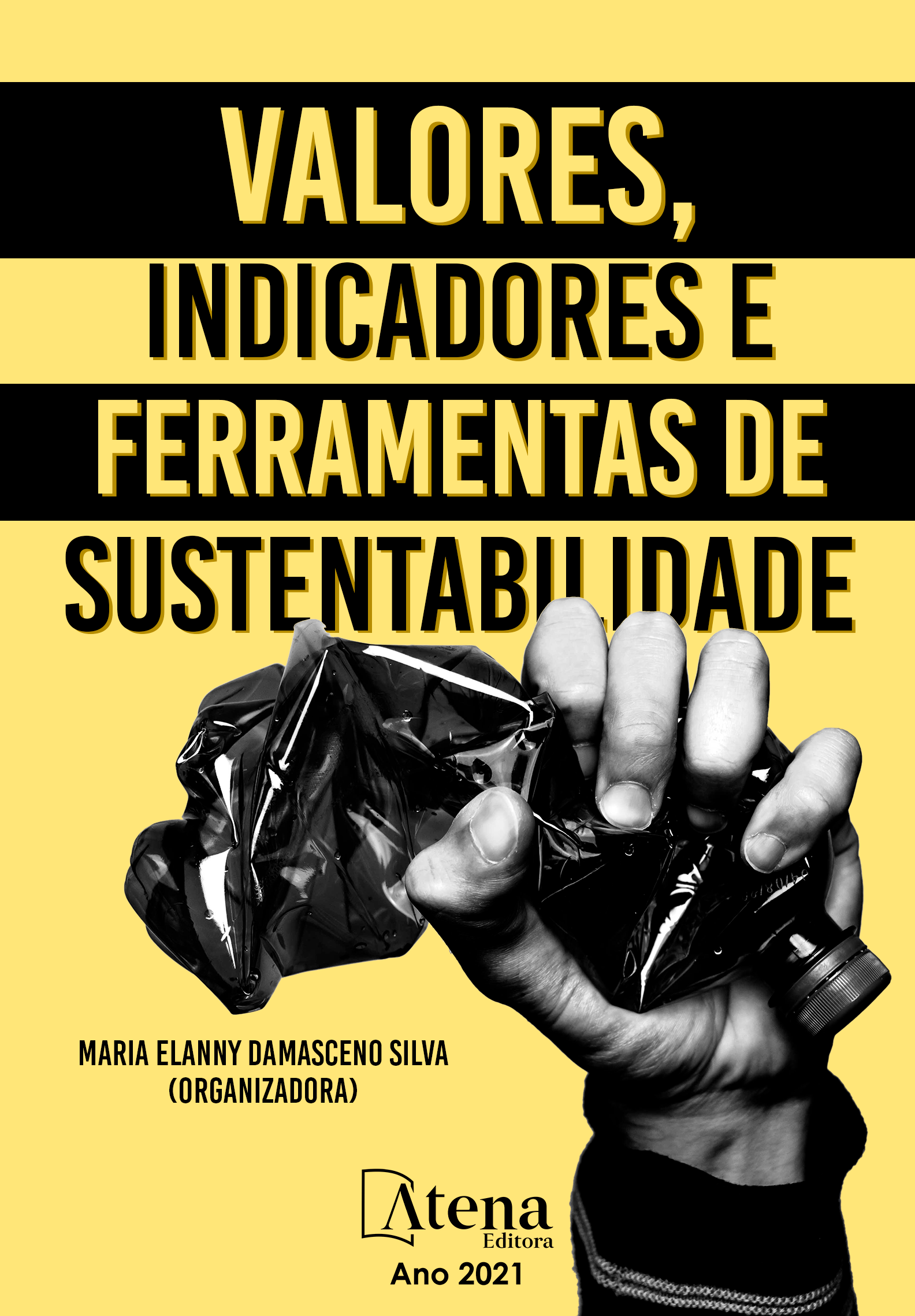
RENATURALIZAÇÃO E RECUPERAÇÃO DAS ÁREAS DEGRADADAS NA BACIA DO RIO GRAVATAÍ
O rio Gravataí localizado na região metropolitana de Porto Alegre, teve parte do seu leito alterado no final da década de 60 através de uma retificação de cerca de 20 km que transformou seus meandros em um canal retilíneo. Na medida em que o objetivo inicial do DNOS ao retificar o Gravataí era justamente o aumento da velocidade de escoamento da água e a drenagem do Banhado Grande, podemos afirmar que, infelizmente, essa intervenção vem cumprindo fielmente seus objetivos de criação. A bacia do Gravataí sofre inúmeros impactos decorrentes da pressão antrópica destes, as inundações urbanas são as mais notáveis ao atingir grande parte da população a jusante do rio. Assim sendo, os passivos ambientais dessa retificação tornaram-se mais relevantes do que o cumprimento do objetivo proposto pelo DNOS com sua abertura. A renaturalização de canais retificados não cimentados possibilita a geração de feedbacks positivos em todo o sistema da bacia hidrográfica. Para a renaturalização em cursos d’água as técnicas de bioengenharia são fundamentais para garantir intervenções de baixo impacto e resultados de reestabelecimento das áreas de preservação permanente nas margens. Assim sendo, essa pesquisa analisou o trecho retificado do rio Gravataí propondo dois segmentos de intervenções, através de um conjunto de técnicas de bioengenharia selecionadas para renaturalização da bacia do Rio Gravataí/RS.
RENATURALIZAÇÃO E RECUPERAÇÃO DAS ÁREAS DEGRADADAS NA BACIA DO RIO GRAVATAÍ
-
DOI: 10.22533/at.ed.1212127048
-
Palavras-chave: Degradação ambiental; Renaturalização; Rio Gravataí; Bioengenharia; Retificação.
-
Keywords: Keywords: Environmental degradation; Renaturalization; Gravataí River; Bioengineering; Rectification.
-
Abstract:
The Gravataí River, located in the metropolitan region of Porto Alegre, had part of its bed changed at the end of the 1960s through a rectification of about 20 km that transformed its meanders into a straight channel. To the extent that the initial objective of DNOS when rectifying Gravataí was precisely to increase the water flow and drain the Banhado Grande, we can say that this intervention has fulfilled its creation objectives. The Gravataí basin suffers numerous impacts due to its anthropic pressure, urban flooding is notable when it reaches a large part of the population downstream of the river. Thus, the environmental liability of this rectification has become more relevant than the fulfillment of the objective proposed by DNOS with its opening. The renaturalization of cementless rectified channels allows the generation of positive feedbacks throughout the hydrographic basin system. For the renaturalization of water courses, bioengineering techniques are essential to guarantee low impact interventions and results in the restoration of permanent preservation areas on the banks. Therefore, this research analyzed the rectified stretch of the Gravataí river, proposing two segments of interventions, through a set of bioengineering techniques selected for the renaturalization of the Gravataí river basin.
-
Número de páginas: 17
- Laurindo Antonio Guasselli
- Viviane Carvalho Brenner


